Top 10 ingenious Aussie animal adaptations

Here are 10 amazing Australian animal adaptions:
1. Fins that create tiny whirlpools
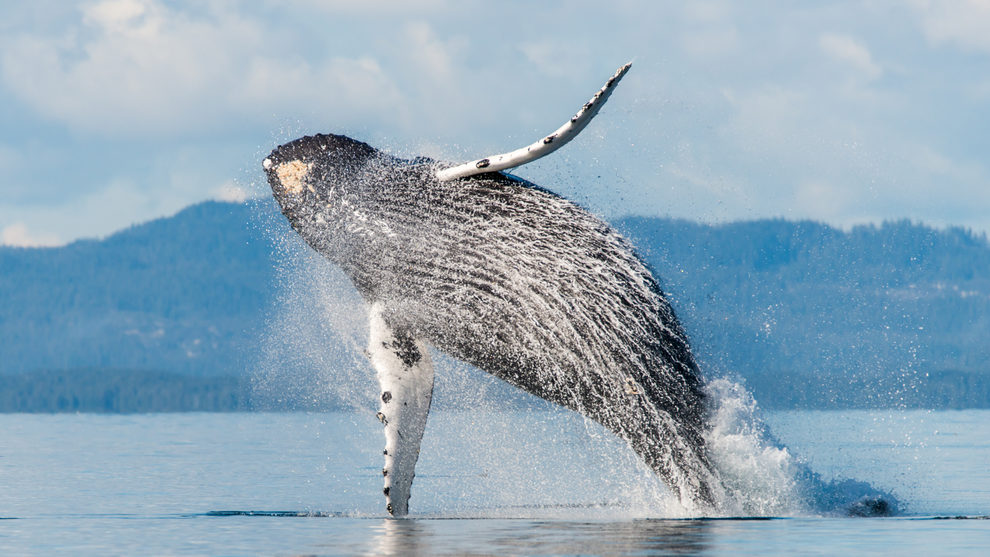
Humpback whales (Megaptera novaeangliae) have notches on the very front of their fins that act as little gutters that create small whirlpools against the sides of the fins. These whirlpools act as a barrier between the surface and the still water around it. The inertia of still water causes drag, which slows movement – so while these notches may look knobbly they actually have a very streamlining effect.
Did you know?: Scientists aren’t sure why whales jump from the water. It could be to clean barnacles off, communicate, or it could be just to play.
2. Armour that sucks up water
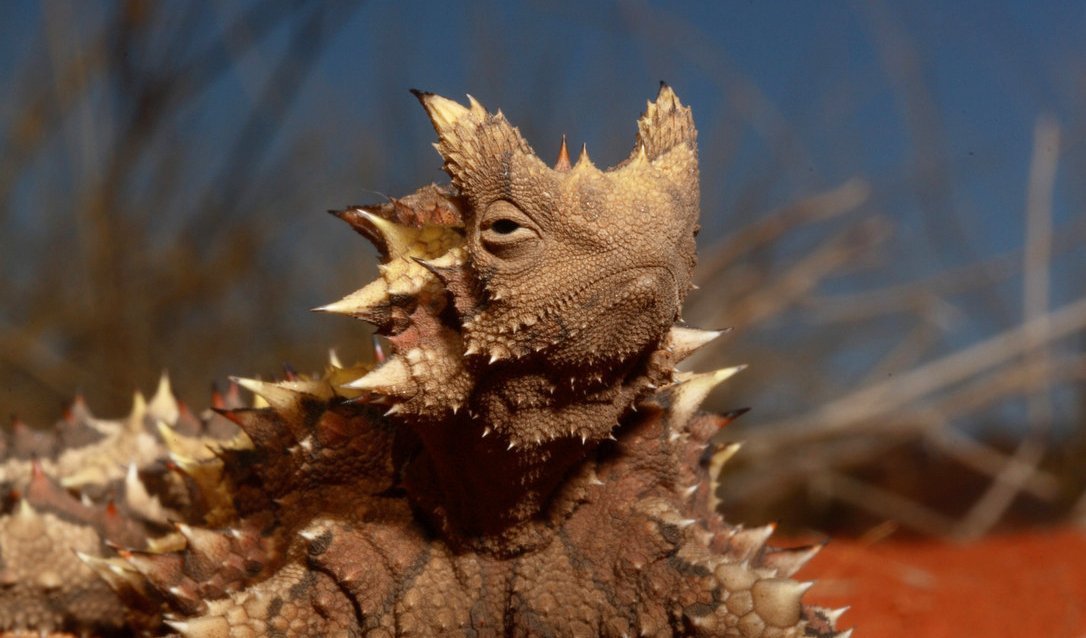
The spiky armour of the thorny devil (Moloch horridus) is, as you might have guessed, used for defence. But it’s also a very funny looking straw. Tiny grooves the devil’s armour suck up dew that collects on the armour and water on the ground through capillary action, passing it to the devil’s mouth without the lizard having to lift a finger.
Did you know?: Although they walk like a wind-up toy, thorny devils can run up to 60km/h.
3. Pregnancy pause button
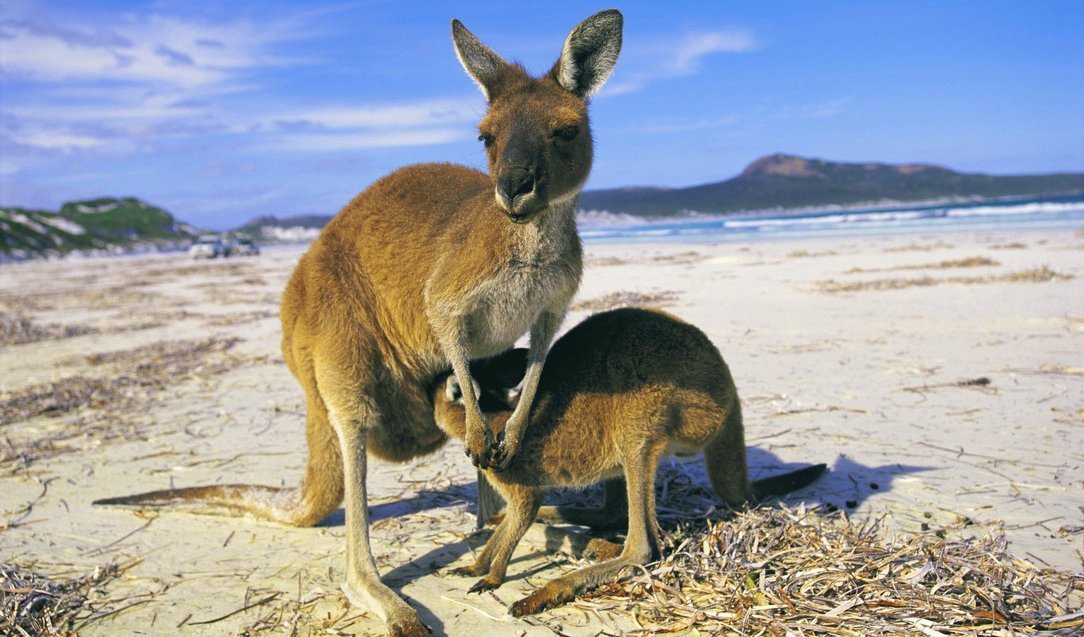
Survival in Australia can be difficult when it’s dry. Although roos are prolific breeders in good times, they have developed a clever way to cope with the tough times: they can hit ‘pause’ on pregnancy. Female kangaroos (Macropodidae sp.) can be almost permanently pregnant, pausing the growth of their baby mid-way through development when conditions aren’t right and then nursing multiple joeys when times are good.
Did you know?: Kangaroos were chosen as one of our national emblems because they cannot move backwards easily.
4. Emu’s third toe
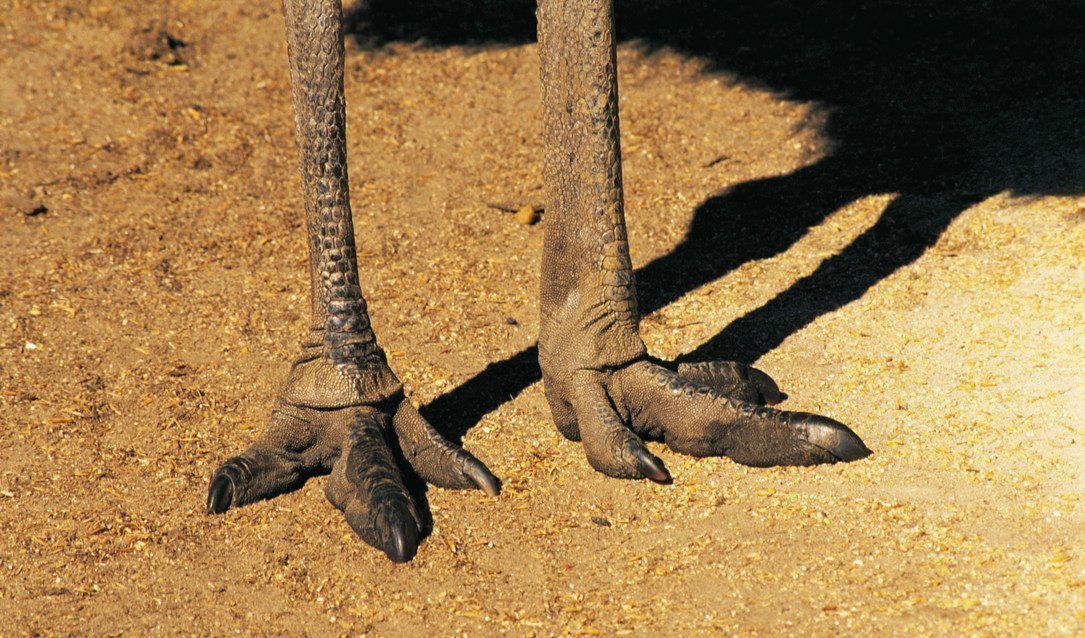
While their inability to fly might seem like a disadvantage, emus (Dromaius novaehollandiae) make up for it with their running abilities. Unlike ostriches, which have only two toes, the emu has three toes – and the extra one makes quite a difference. Having three toes allows an emu to make 180 degree turns at the speed of a cat.
Did you know?: Just like dogs, emus pant in the heat because they have no sweat glands.
Bonus fact!: While they might not be useful for flying, their wings act as very effective fans.
5. Goanna’s forked tongue

Goannas are the only lizard with a forked tongue, similar to a snake’s. They constantly flick their tongue in and out, not for fun, but to sense very fine odours in the air to find out where their prey is. The tongue transfers the information to a receptor organ on the roof of their mouth which then tells them which side of the fork picked up the scent, and therefore which side the food is on.
Did you know?: Another similarity to snakes is that fact that goannas can unhinge their jaws to fit in more food.
6. Wombat’s square poo
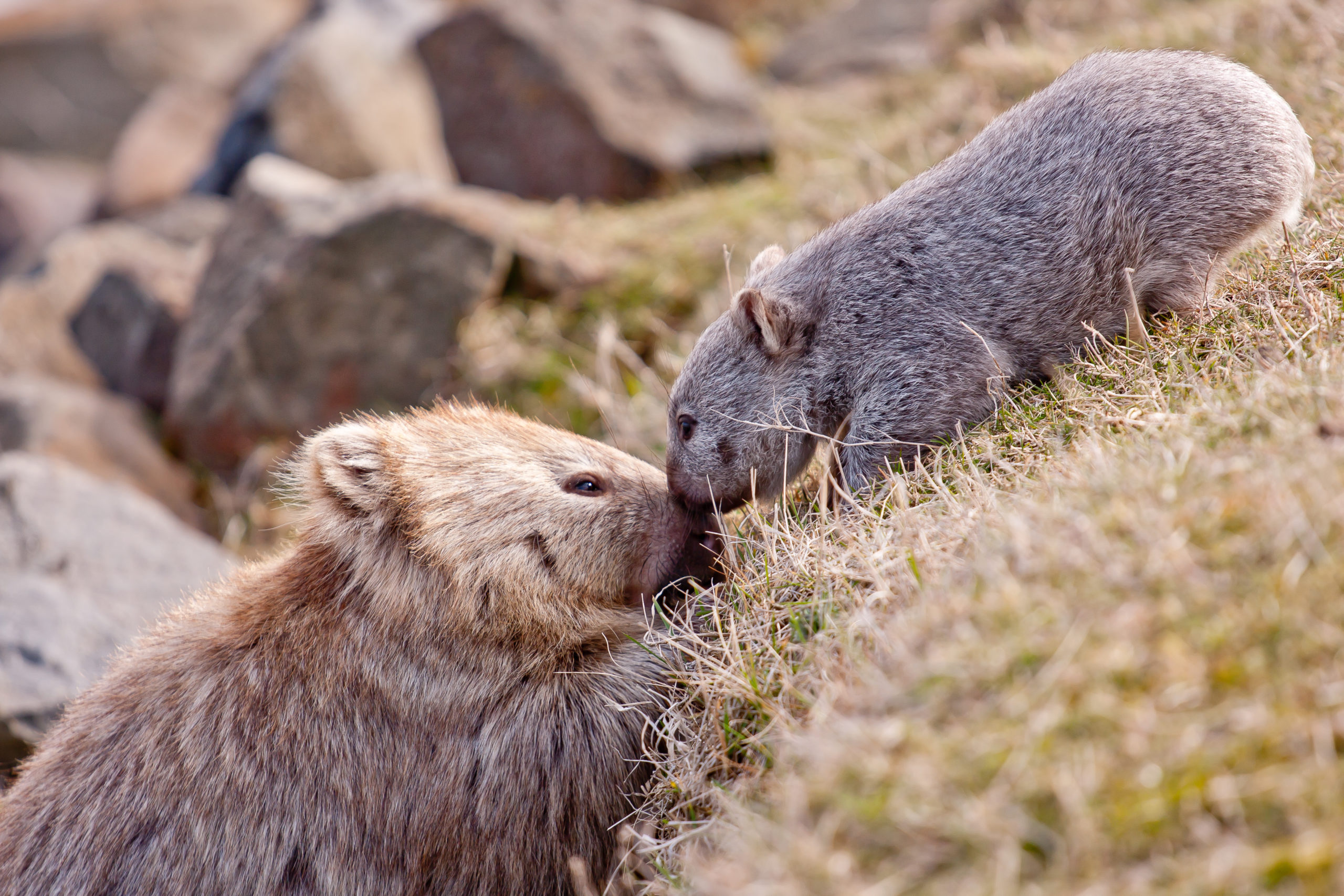
Wombats (Vombatidae sp.) aim to make it as obvious as possible which territory is theirs. To do this, they find dirt mounds on which to poo that are roughly at nose height so other wombats can figure out where boundaries lie without having to look around much. Because of how territorial they are, wombats have evolved to have square poo so that they don’t roll off the mounds. The 14-18 day process takes most of the moisture out and with little use of muscle contractions the cubic poo is created.
Did you know?: Wombat’s teeth are constantly growing to balance out all the wear that comes from their tough diet of bark, roots and shrubs.
7. Invisible wings
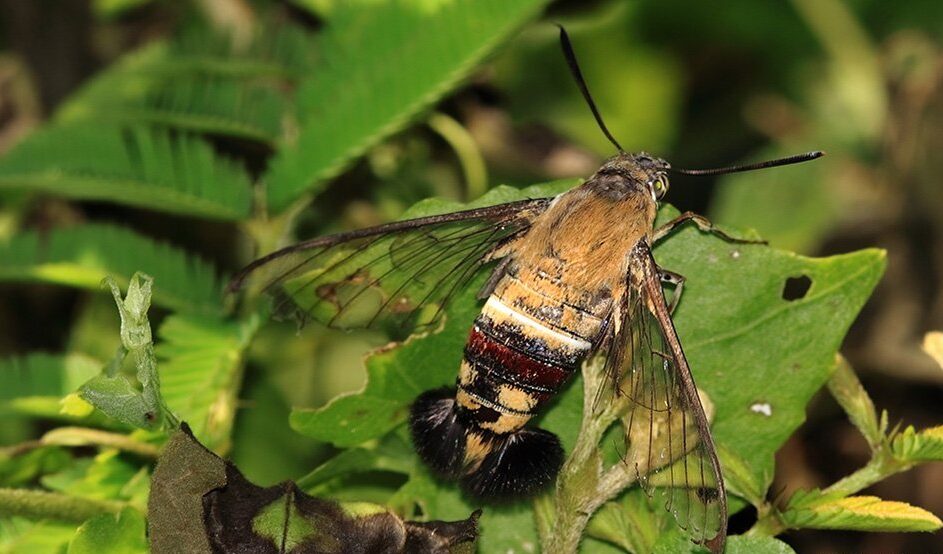
Moths and butterflies often use their wings to communicate, but pellucid hawk moths (Cephonodes hylas) have taken a different approach. They have transparent wings that refract light and make it extremely difficult for insects and vertebrate predators to see them, so rather than warn hungry insects, they simply stay out of their sight.
Did you know?: The largest can develop a wing span of up to 7cm.
8. Platypus’s sixth sense
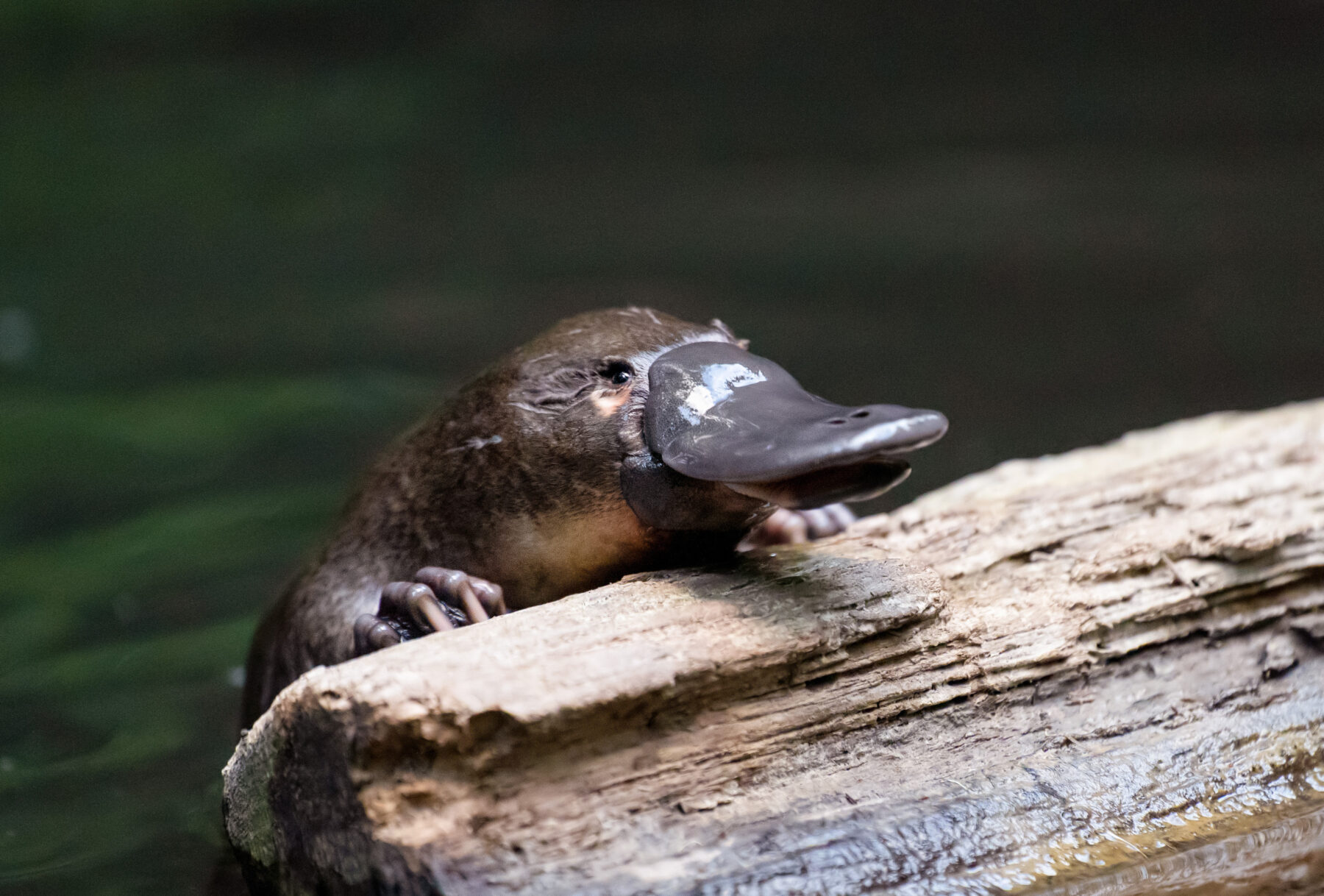
The platypus (Ornithorhynchus anatinus) is an animal so full of adaptations that it is unlike any other animal in the world – Europeans first thought it was a hoax when settlers brought an example of the mammal back. One of its most interesting adaptations is its sixth sense; electroreception. The platypus is able to hunt for shrimp deep underwater by sensing electro fields picked up by glands in its bill.
Did you know?: The platypus has evolved to have no stomach.
9. Ant nannies paid in delicious syrup
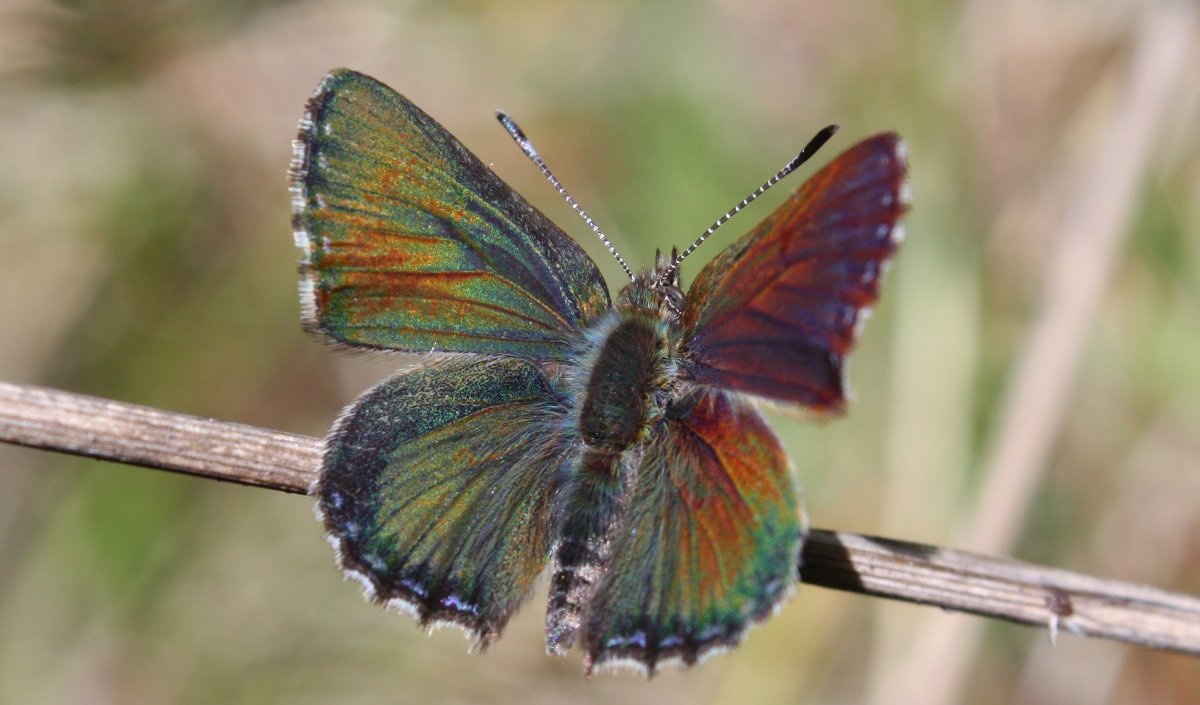
The purple copper butterfly (Paralucia spinifera), exclusive to the Central Tablelands of NSW, has a mutually-beneficial relationship with a species of ant. The butterfly lays her eggs near the Anonychomyrma itinerans ant, often called attendant ants. The ants protect the eggs and when the larvae hatch, the ants also guide them to food and back again. In return, sugary syrup that comes off of the backs of the larvae feed the ants.
Did you know?: The purple copper butterflies are fussy eaters; they only eat the sugary stems of blackthorn bushes.
10. Echidna’s backward hind legs
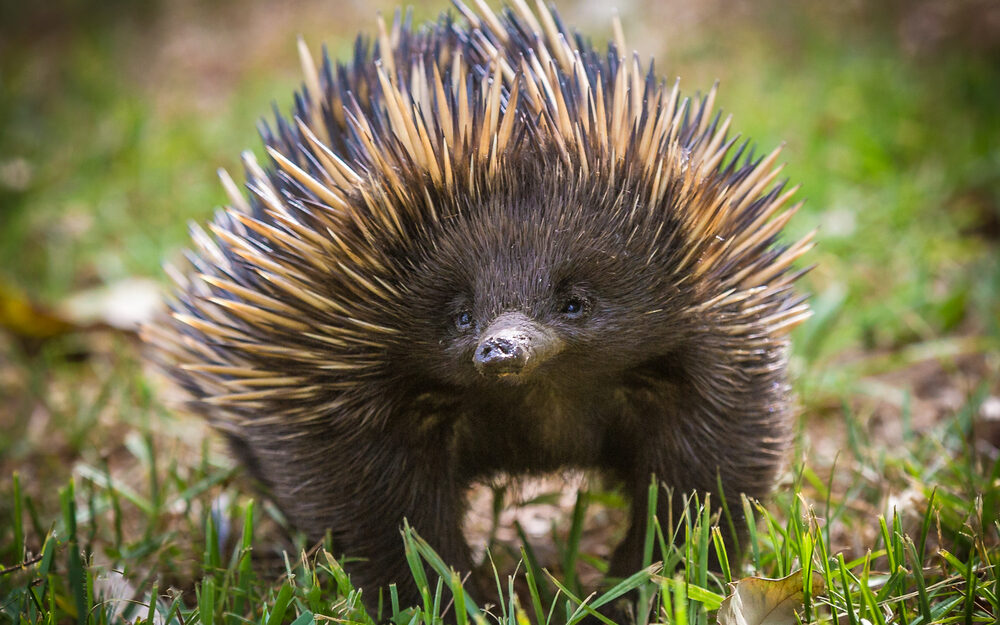
These burrowing animals have developed claws to help them live underground. Like most underground animals, their flat front claws can break logs and dig through the ground. An Echidna’s (Tachyglossidae) hind legs, however, point backwards which is useful to push dirt out of their way while burrowing, but it means that they waddle awkwardly when they walk.
Did you know?: Between 2-12 males will form a train behind a female echidna and follow her during mating season. Whoever stays the longest and the closest will be chosen to mate with.














